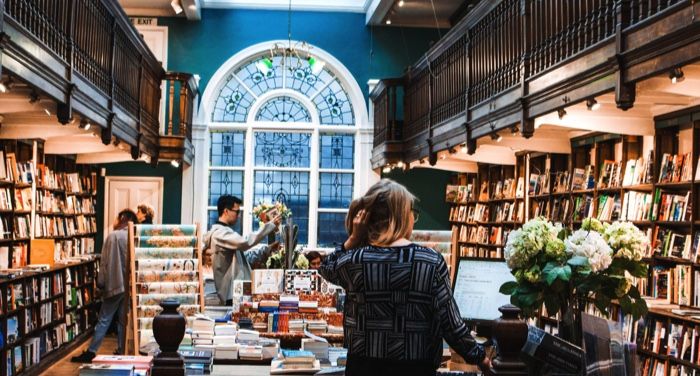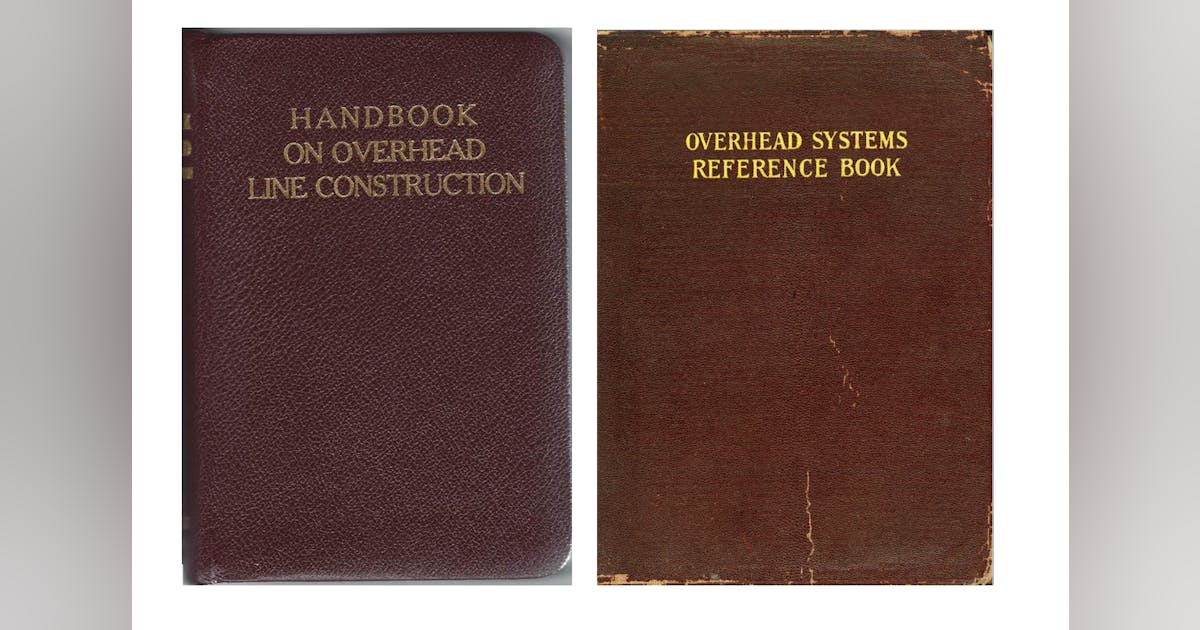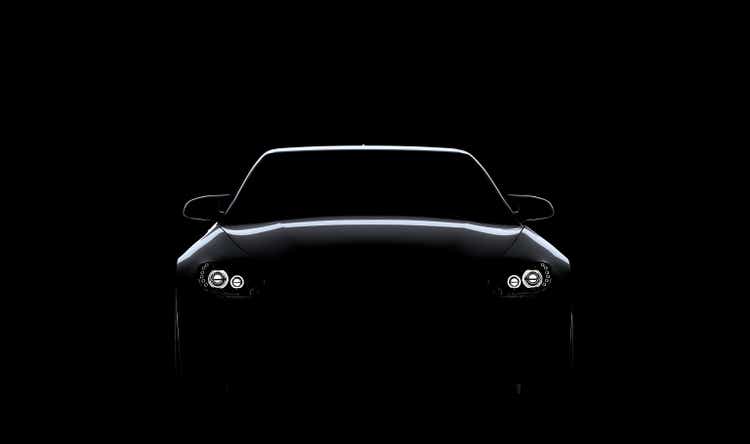Here’s something that has become a regular occurrence in my reading life: a friend raves about a book. Someone posts a glowing review on Bookstagram. I see an intriguing book in a bookstore window or online listing. So I investigate further and discover, to my dismay, that the book in question is not queer. And then it happens: I lose interest. I can’t be bothered. It’s an instinct, an immediate physical response. I can feel myself getting prickly. “Okay,” I say to the book (in my head, obviously), “prepare your argument. What’s so special about you? Convince me you’re worth my time, and you better make it good .
I have nothing against upright books. I have simply arrived, finally, at the intersection of choice and abundance. It’s been a long time coming.
As a teenager and young adult, when I was starting to become a reader, there just weren’t as many queer books available as there are today. Looking back at the books I read in the late 90s and early 2000s, I’m shocked at how few of them are gay. I vividly remember how I felt when I came across a strange book; there were so few that finding one was an event. There Was A Minor Lesbian Supporting Character In Mercedes Lackey Heralds of Valdemar series, one of the first fantasy series I really fell in love with, and I remember the jolt of excitement I felt whenever it was mentioned. I remember being completely blown away by Stone Butch Blues and A house at the end of the world “I was amazed that books like these existed, books about messy and complicated relationships between queer people. I clung to those books like my life depended on them. If I could, I would have spent my entire teens and twenties reading exclusively queer lit.
But I didn’t grow up in the golden age of Queer Lit. And I didn’t know where to find the queer books that existed. The Internet was still a baby. I didn’t have the bookish community that I have today. So I fell in love with reading while reading about straight people. For years straight books were the default. When I wanted an intergenerational family saga, I chose a book about straight people. When I wanted a space opera, I took a book about straight people. When I wanted to live a magical adventure, I picked up a book about straight people. When I wanted a love story, I picked up a book about heterosexuals.
Fast forward for a moment to the year 2022, in which I, a 36-year-old woman, can read anything I want, and reading anything I want looks like this:
It took me literally decades to get here. I attribute a lot of this shift to queer romance, which I started reading in 2016. I had never read a romance before (maybe because I mistakenly assumed it was okay), and it was the first genre I read where I gave myself permission to read exclusively gay books. I made a conscious decision when I picked up my first romance novel that I wasn’t going to read books about straight couples. What a wild, enormous thing, to choose strange books so impetuously, so loudly! Queer romance was the gateway that allowed me to start choosing more and more queer books in other parts of my reading life. Once I realized how good it was to read stories that focused on the experiences of queer people, I didn’t want to go back. It was liberating.
The other miraculous thing that has happened, of course, is the abundance of queer literature that comes out every year. I am a curious person and I have eclectic reading tastes. It makes sense that I read a lot of straight books in my twenties, because so many of the genres I wanted to read—contemporary fiction, introspective character studies, essay collections, historical sagas—just weren’t terribly weird.
I no longer have this problem. When I want an intergenerational family saga, I pick up a book about homosexuals (The thirty names of the night). When I want a space opera, I take a book on homosexuals (The long way to an angry little planet). When I want a magical adventure, I take a book about homosexuals (finna). When I want a love story, I take a book about homosexuals (Fall of Skye). I also choose books about homosexuals when I feel like funny essays (Hola grandpa), serious trials (Brown, White Black), memory (The fairest), natural writing (Borealis), mysteries (dead dead girls), contemporary fiction (with teeth), news (Afterparties), historical fiction (Last night at the Telegraph Club), self-help (Special Topics in Being Human), or WTF-did-I-just-read books(my volcano).
So with all this glorious choice, the question remains: what does it take to actually read a book about straight people? What does the proverbial widow’s book have to say to convince me it’s worth my time?
There is no clear answer. For starters, I read a lot more non-queer non-fiction than non-queer fiction. I’m curious about many things, many of which have nothing to do with homosexuality. As a human being who lives in the world and cares about how I move through it, I seek out books written by and about people with very different life experiences than mine. I love books that challenge me and shake up my worldview, and a lot of those books aren’t queer.
Sometimes a book comes highly recommended by someone whose literary tastes strongly overlap with mine. Sometimes I just want a book on wool (Evanescent Fleece) or an epic novel about the history and future of the Internet (Immortal King Rao). I often search for books by authors I like, or books from independent presses that I like, even when they’re not gay. This was the case with two of the best books I’ve read this year: swimmers and When the whales leave.
It used to be that choosing to read a queer book was an aberration, an occasional thing, a remarkable event. I had to make a concerted effort. I couldn’t browse my own shelves for my next read, debating between six books, in different genres, all queer. Now, in the golden age of Queer Lit, queer books are my bread and butter. Every time I think about it, I feel a little thrill of happiness and gratitude. But just getting all those wonderful queer books isn’t the best part of being a queer reader in 2022. The best part is that I can choose when to read about straight people, on my own terms.
I choose to read non-queer books all the time, thankfully. I read them because I want to for. It’s my choice to deliberately venture out of the queer lighting pool, because the queer lighting pool is so big now that I don’t have to leave it unless I want to. Reading about straight people was a burden. Now the choice to make has become a joy.
Let’s go back to 2003, the year I, a 17-year-old gay activist and aspiring book lover, fell head over heels in love with Stone Butch Blues. It was one of three queer books I read that year. I think of this girl – queer and proud and fierce and lonely – and I know there’s a part of me that will always choose to read queer books for her. I think how much she would have loved the cheering queer community of Sorrow’s Bakery and the magic of dark plants in This poisoned heart. I think of how she would have seen herself in the wonderfully grumpy lesbian main character of Comfort. I think of how many books about queer women like A world between and Butter Honey Pork Bread would have meant to her.
I can’t go back and give these books to the girl I used to be. But I can continue to choose queer books and revel in queer abundance. I can be the kind of reader this girl never had the chance to be, and that’s kind of healing.







/cloudfront-us-east-1.images.arcpublishing.com/gray/LMS4GGRVH5AB5IAHCD22D6S3SA.jpg)